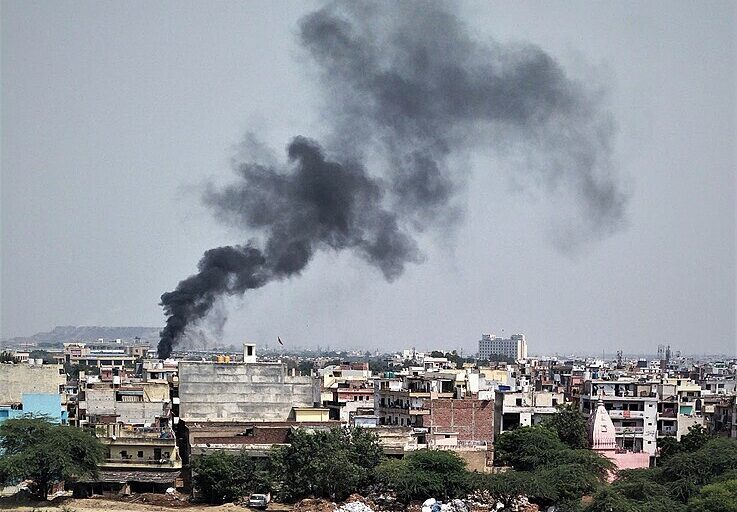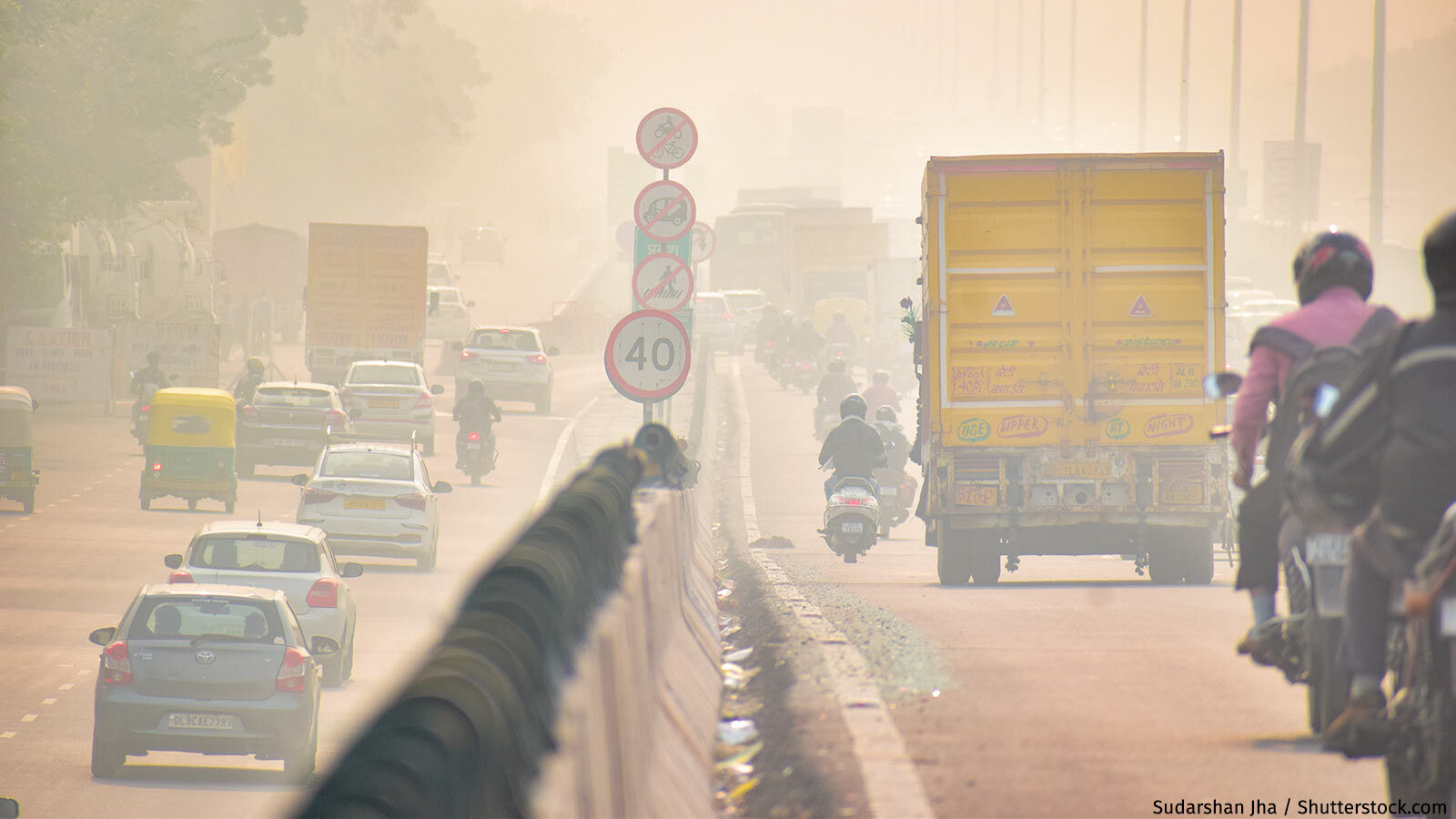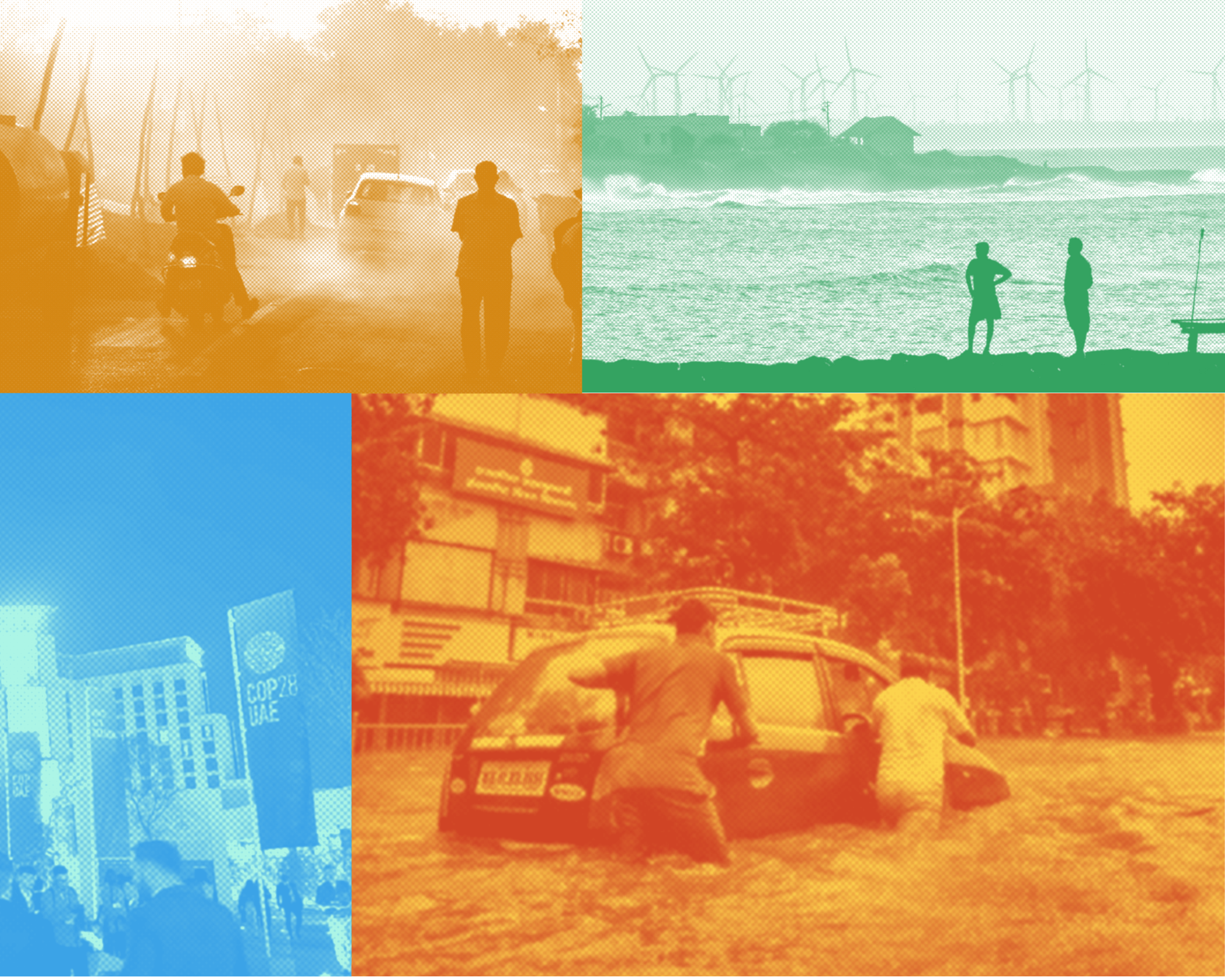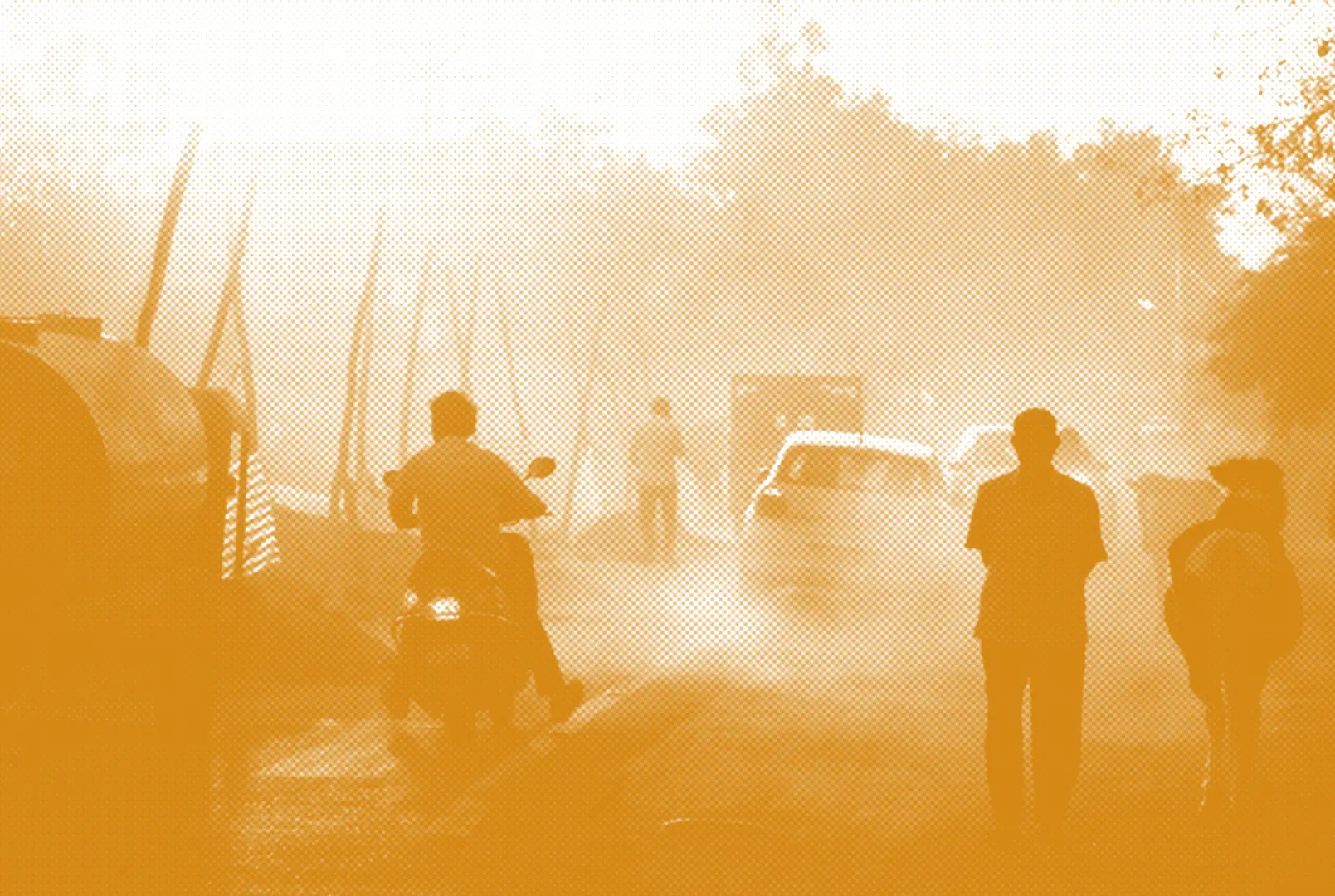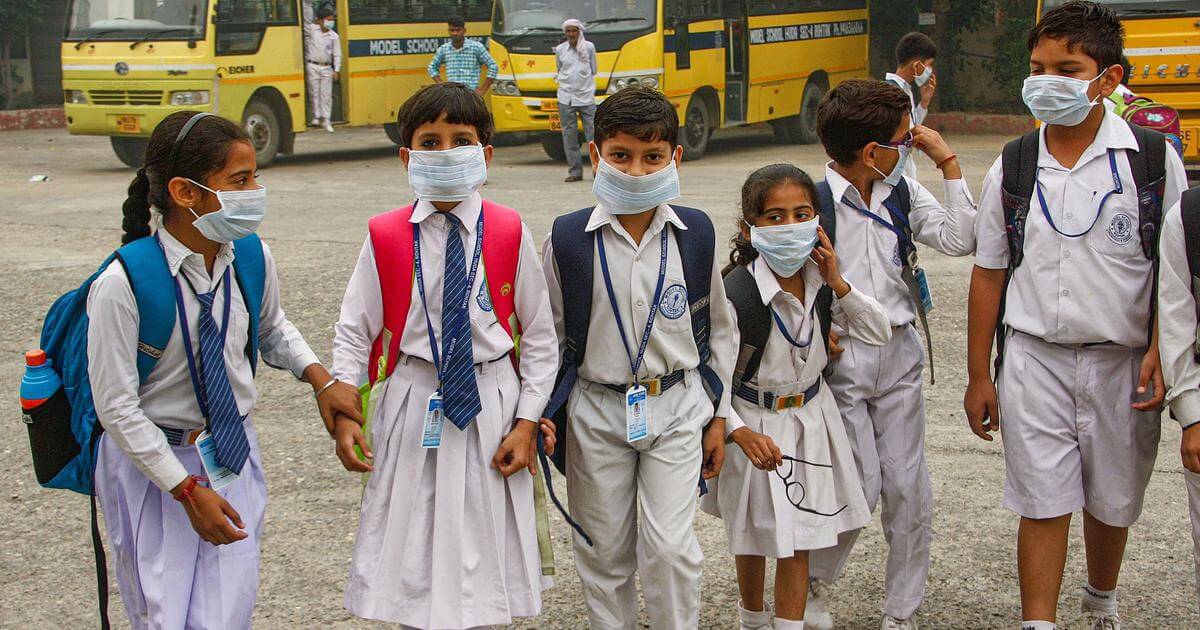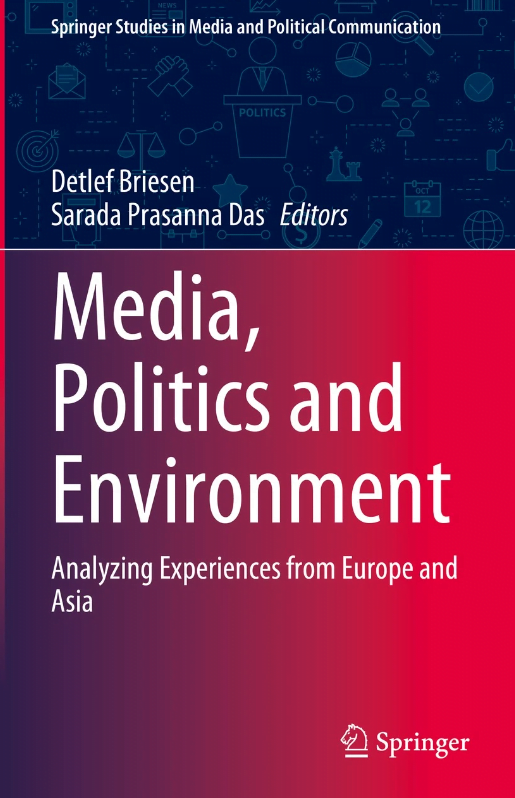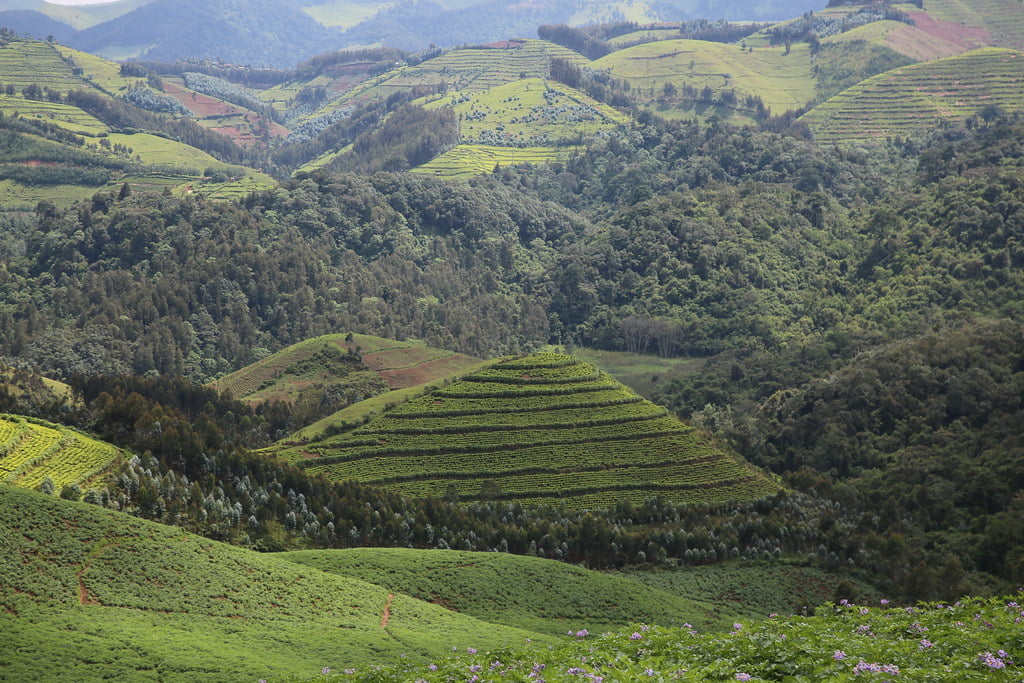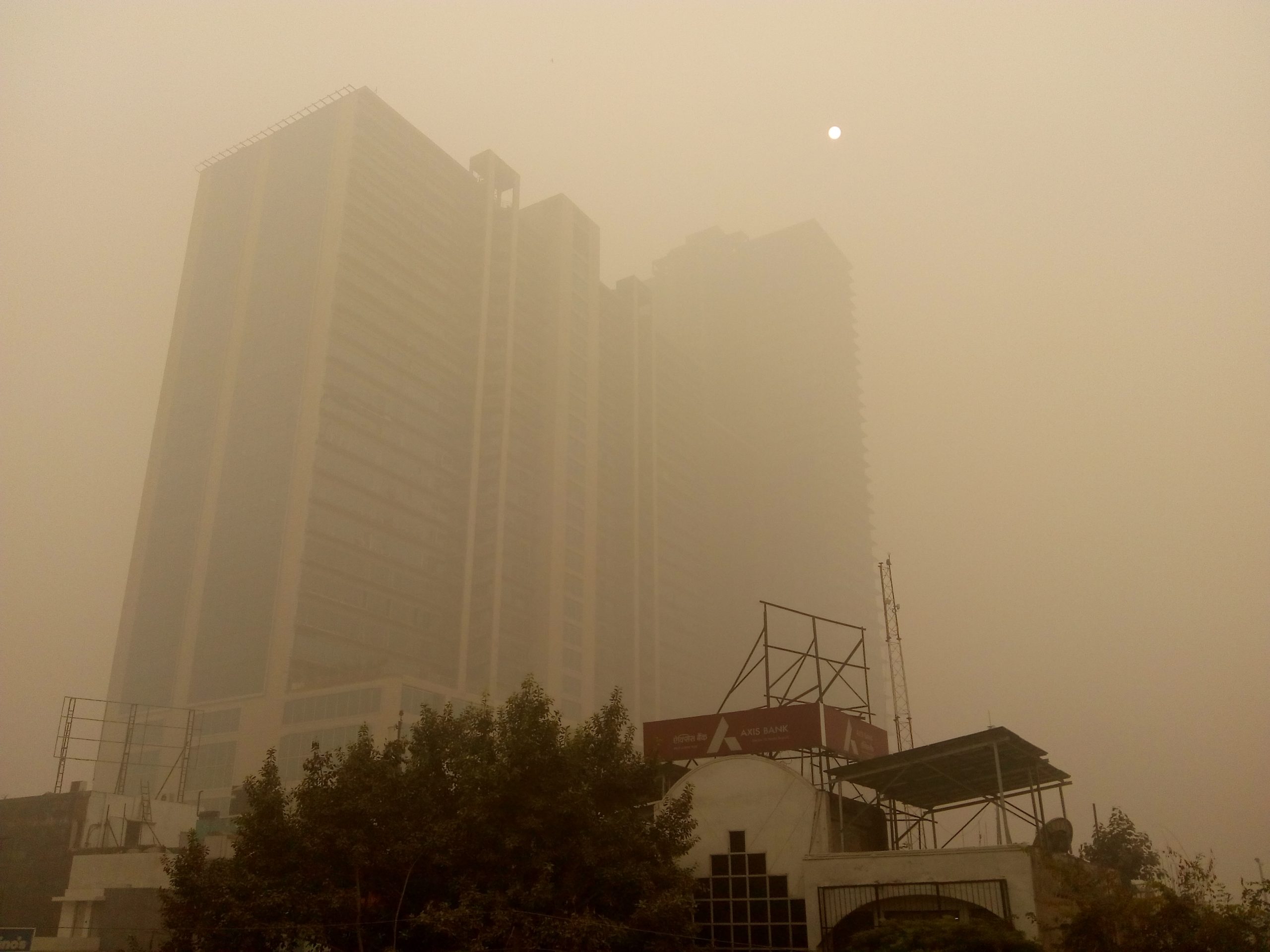Research area: Environmental Governance and Policy
Synergistic Impact of Air Pollution and Heat on Health and Economy in India
Abstract
In recent years, developing countries have been grappling with two significant environmental challenges—air pollution and increasing temperature. The impact of these issues on health and the economy has been extensively studied, leading to a growing body of literature highlighting their individual consequences. Understanding the synergistic effect of air pollution and increasing temperature on human well-being is a new topic of research that has received little attention in developing nations.
This chapter, published in the book The Climate-Health-Sustainability Nexus: Understanding the Interconnected Impact on Populations and the Environment (Springer), aims to address this gap in knowledge by thoroughly examining the existing literature to understand the combined influence of these environmental stressors and their implications for global health and the economy. We look into the trends of global exposure to air pollution and temperature and explore the pathophysiological pathways through which air pollution and increasing temperature affect human health. Our findings point to a severe lack of evidence on the synergistic impact of the two on human health in India. In the face of increasing climate vulnerability, the Indian economy is exposed to large degrees of risk through direct and indirect costs. It is crucial that the interplay between air pollution and heat be studied in depth. By dissecting these pathways, policymakers and healthcare professionals can develop more targeted strategies to mitigate the combined impacts of both on public health.
Finally, we focus on the health and economic co- benefits of implementing interventions to reduce air pollution and combat heat waves. By addressing these challenges in tandem, there is an opportunity to achieve greater overall benefits for both human well-being and economic prosperity. Through a deeper understanding of these interconnected challenges, we can strive for a healthier and more sustainable future for all, especially for those most vulnerable to poor environmental quality.
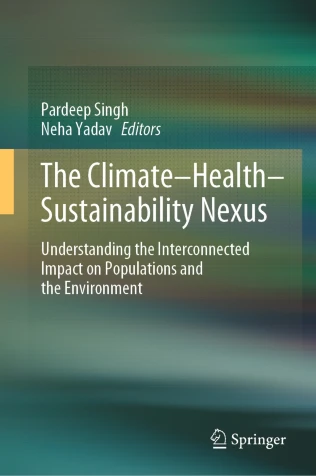
Sustainable Solutions to Crop Residue Burning and Air Pollution Cycle in India and Pakistan
Introduction
Crop residue burning (CRB), or stubble burning, is common across much of India and Pakistan. Its prevalence is most highly concentrated in the agricultural belts of the Indo-Gangetic Plain (IGP) that straddles both nations. This region contributes substantially to both nations’ agricultural productivity and food security, primarily through growing staple crops, rice and wheat. While CRB occurs sporadically in different parts of both countries throughout the year, the seasonal burning occurring annually between October and November, coupled with unfavorable meteorological conditions in the IGP, results in extreme air pollution across the whole region. The byproduct of a short transition between growing seasons, the particulate matter (PM2.5) released as a result of CRB in the North-east of Pakistan and North-west of India is carried downwind to other parts of the IGP, with substantial focus afforded to the impact it has on the air quality of India’s National Capital Region due to prevailing low winds and colder temperatures. The PM2.5 levels measured in the region during this period routinely exceed World Health Organization guidelines for acceptable levels of exposure by 20-100 times, causing a public health emergency.
This chapter aims to unpack the scope of CRB across both countries, understand the proximal and distal causes, current policy interventions, and how both countries could sustainably address this issue in the long run.
SFC Perspectives on Adaptation and Resilience, Climate Policy, Energy Transitions, and Environmental Governance and Policy
Overview
SFC Perspectives are intended to stimulate discussion by providing an overview of key issues and avenues for action to inform India’s sustainable development trajectory.
Read our Perspectives on:
1. Adaptation and Resilience: Building systems that allow India to adapt to climate impacts (by Aditya Valiathan Pillai and Tamanna Dalal)
2. Perspectives on Climate Policy: Embedding a development-centric, climate-ready approach to policymaking (by Aman Srivastava, Easwaran J Narassimhan and Navroz K Dubash)
3. Enabling the Energy Transition: Technology, politics & institutions in India’s energy system (by Ashwini K Swain, Sarada Prasanna Das, Suravee Nayak, Catherine Ayallore and Navroz K Dubash)
4. Perspectives on Environmental Governance and Policy: Systemic transformations to limit the health burden of air pollution (by Bhargav Krishna, Shibani Ghosh, Arunesh Karkun and Annanya Mahajan)
Perspectives on Environmental Governance and Policy: Systemic transformations to limit the health burden of air pollution
Introduction
Air pollution is the largest risk factor for ill health in India, ahead of high blood pressure, tobacco smoking, and poor diets, contributing to ~1.7 million deaths in 2019. Home to several of the most polluted cities in the world, India has witnessed a doubling of death rates from air pollution between 1990 and 2019. The associated economic burden of this high air pollution was pegged at 1.36% of GDP or ~INR 2 lakh crores in 20191. By any metric, air pollution is a national emergency, and while some important first steps have been taken over the last few years, there is a long way to go before India achieves acceptable air quality levels.
At the Sustainable Futures Collaborative (SFC), we view reducing air pollution not only as a technical challenge, but also as a structural one that requires re-thinking our approach and the institutions that are tasked with addressing it. Systematically addressing air pollution requires a long-term, strategic, goal oriented, health-protecting framework that also integrates short-term implementable technical solutions, all executed by a capable state. Reshaping India’s air pollution policy framework to that end, we believe, will require (1) making health the basis for crafting mitigation priorities, (2) strengthening regulatory institutions in the
ecosystem, (3) executing nested, coordinated, data-driven planning and action from local to airshed levels, and (4) focusing on root causes, not symptoms.
India is at a pivotal moment in its quest to reduce the harms of air pollution and this reshaping of the policy framework is an opportunity to build state capacity and ameliorate health harms while integrating air pollution concerns more deeply into the country’s development goals.
Impact of heatwaves on all-cause mortality in India: A comprehensive multi-city study
Background
Heatwaves are expected to increase with climate change, posing a significant threat to population health. In India, with the world’s largest population, heatwaves occur annually but have not been comprehensively studied. Accordingly, we evaluated the association between heatwaves and all-cause mortality and quantifying the attributable mortality fraction in India.
Methods
We obtained all-cause mortality counts for ten cities in India (2008–2019) and estimated daily mean temperatures from satellite data. Our main extreme heatwave was defined as two-consecutive days with an intensity above the 97th annual percentile. We estimated city-specific heatwave associations through generalised additive Poisson regression models, and meta-analysed the associations. We reported effects as the percentage change in daily mortality, with 95% confidence intervals (CI), comparing heatwave vs non-heatwave days. We further evaluated heatwaves using different percentiles (95th, 97th, 99th) for one, two, three and five-consecutive days. We also evaluated the influence of heatwave duration, intensity and timing in the summer season on heatwave mortality, and estimated the number of heatwave-related deaths.
Findings
Among ∼ 3.6 million deaths, we observed that temperatures above 97th percentile for 2-consecutive days was associated with a 14.7 % (95 %CI, 10.3; 19.3) increase in daily mortality. Alternative heatwave definitions with higher percentiles and longer duration resulted in stronger relative risks. Furthermore, we observed stronger associations between heatwaves and mortality with higher heatwave intensity. We estimated that around 1116 deaths annually (95 %CI, 861; 1361) were attributed to heatwaves. Shorter and less intense definitions of heatwaves resulted in a higher estimated burden of heatwave-related deaths.
Conclusions
We found strong evidence of heatwave impacts on daily mortality. Longer and more intense heatwaves were linked to an increased mortality risk, however, resulted in a lower burden of heatwave-related deaths. Both definitions and the burden associated with each heatwave definition should be incorporated into planning and decision-making processes for policymakers.
Read moreWhy closing schools does not protect children from air pollution
Media, Politics and Environment: Analyzing Experiences from Europe and Asia
Introduction
Environmental protection has not equally established itself as a permanent fixture in the political systems of all countries: to date, governments and entire societies have responded to environmental challenges in a variety of ways, and concrete environmental policy is still a highly national matter. Moreover, the perception of environmental problems varies considerably on a global scale. The reasons normally cited for these differences largely stem from the environmental policy debates themselves, e.g. poverty, ignorance, capital interests, etc. In contrast, this book shows that concrete environmental policy emerges from a complex interplay of mass media and political conflicts: first, the mass media provide the framework for national environmental policy through agenda-setting, framing and scandalization; second, the mass media thereby change values in the political and social discourse, e.g. by altering the perception of global commons and expanding the possibilities of interest articulation; and third, this can lead to political decision-making processes in which legal and other measures for environmental protection are enforced. The book systematically compares industrialized countries such as Germany and Japan with several rapidly emerging countries in South and Southeast Asia.
Read moreState’s Commitment to Environmental Governance in India: Struggle Between Developmental Pressure and Sustainability Challenges
Summary
Over the last 50 years since environmentalism first exploded onto the world political agenda, the environment has been one of the most controversial and rapidly growing areas of public policy. The green movements in North and local grass-root movements in the South countries have elevated the debate for environmental policymaking and governance. Countries in both North and South have enacted several policies and regulations for environmental protection. However, these policies have been criticized due to their superficial protective coverage, absence of concrete measures and poor execution.
Taking these contexts in the background, this chapter has tried to examine the concept and practice of environmental governance in India. It has provided a historical overview of the environmental governance and also highlighted the challenges and opportunities in the different spheres of environmental decision making by taking some examples. Methodologically, the paper would be based on a path-dependent analysis of the environmental governance in India. This chapter argues that balance in the environment-development trade-off is necessary to meet growth objectives and the enforcement measures do not necessarily obstruct the growth. Further, more public engagement as well as creative politics are required for better environmental decision making.
What Is Polluting Delhi’s Air? A Review from 1990 to 2022
Introduction
Delhi’s annual average PM2.5 concentration in 2021–22 was 100 μg/m3—20 times more than the WHO guideline of 5 μg/m3. This is an improvement compared to the limited information available for the pre-CNG-conversion era (~30%), immediately before and after 2010 CWG (~28%), and the mid-2010s (~20%). These changes are a result of continuous technical and economic interventions interlaced with judicial engagement in various sectors. Still, Delhi is ranked the most polluted capital city in the world. Delhi’s air quality is a major social and political concern in India, often with questions regarding its severity and primary sources, and despite several studies on the topic, there is limited consensus on source contributions. This paper offers insight by reviewing the influence of Delhi’s urban growth since 1990 on pollution levels and sources and the evolution of technical, institutional, and legal measures to control emissions in the National Capital Region of Delhi.
Read more
